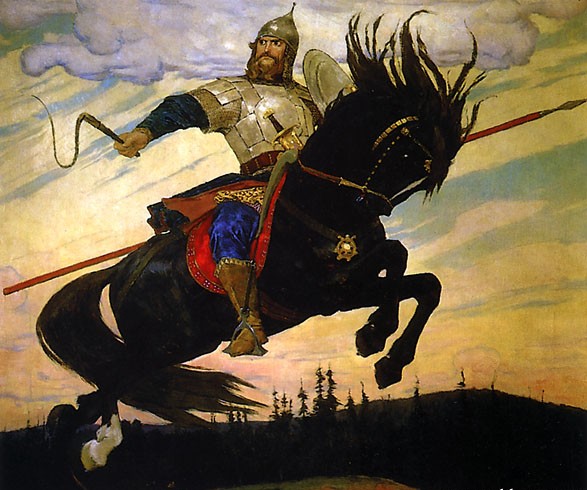Viktor Vasnetsov (Виктор Михаилович Васнецов) (1848-1926)
Get a Viktor Vasnetsov (Виктор Михаилович Васнецов) (1848-1926) Certificate of Authenticity for your painting (COA) for your Viktor Vasnetsov (Виктор Михаилович Васнецов) (1848-1926) drawing.
For all your Viktor Vasnetsov (Виктор Михаилович Васнецов) (1848-1926) artworks you need a Certificate of Authenticity (COA) in order to sell, to insure or to donate for a tax deduction.
Getting a Viktor Vasnetsov (Виктор Михаилович Васнецов) (1848-1926) Certificate of Authenticity (COA) is easy. Just send us photos and dimensions and tell us what you know about the origin or history of your Viktor Vasnetsov (Виктор Михаилович Васнецов) (1848-1926) painting or drawing.
If you want to sell your Viktor Vasnetsov (Виктор Михаилович Васнецов) (1848-1926) painting or drawing use our selling services. We offer Viktor Vasnetsov (Виктор Михаилович Васнецов) (1848-1926) selling help, selling advice, private treaty sales and full brokerage.
We have been authenticating Viktor Vasnetsov (Виктор Михаилович Васнецов) (1848-1926) and issuing certificates of authenticity since 2002. We are recognized Viktor Vasnetsov (Виктор Михаилович Васнецов) (1848-1926) experts and Viktor Vasnetsov (Виктор Михаилович Васнецов) (1848-1926) certified appraisers. We issue COAs and appraisals for all Viktor Vasnetsov (Виктор Михаилович Васнецов) (1848-1926) artworks.
Our Viktor Vasnetsov (Виктор Михаилович Васнецов) (1848-1926) paintings and drawings authentications are accepted and respected worldwide.
Each COA is backed by in-depth research and analysis authentication reports.
The Viktor Vasnetsov (Виктор Михаилович Васнецов) (1848-1926) certificates of authenticity we issue are based on solid, reliable and fully referenced art investigations, authentication research, analytical work and forensic studies.
We are available to examine your Viktor Vasnetsov (Виктор Михаилович Васнецов) (1848-1926) painting or drawing anywhere in the world.
You will generally receive your certificates of authenticity and authentication report within two weeks. Some complicated cases with difficult to research Viktor Vasnetsov (Виктор Михаилович Васнецов) (1848-1926) paintings or drawings take longer.
Our clients include Viktor Vasnetsov (Виктор Михаилович Васнецов) (1848-1926) collectors, investors, tax authorities, insurance adjusters, appraisers, valuers, auctioneers, Federal agencies and many law firms.
We perform Viktor Vasnetsov art authentication, appraisal, certificates of authenticity (COA), analysis, research, scientific tests, full art authentications. We will help you sell your Viktor Vasnetsov or we will sell it for you.
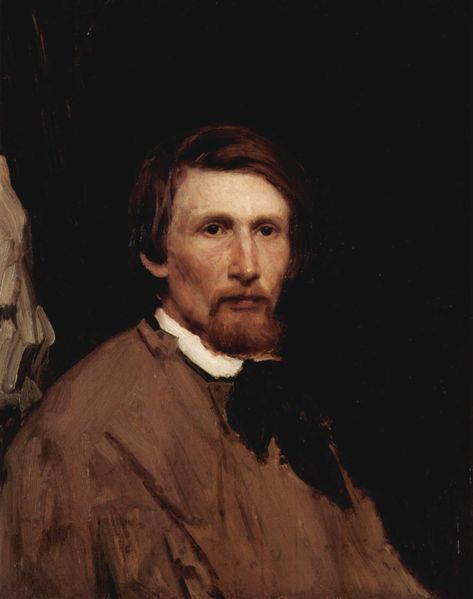
Viktor Vasnetsov was a Russian artist who specialized in mythological and historical subjects. He is considered a key figure of the revivalist movement in Russian art. Viktor Vasnetsov was born in a remote village of Vyatka guberniya in 1848. His father Mikhail Vasilievich Vasnetsov, a village priest, was a well-educated ‘philosophy-inclined’ man interested in natural science, astronomy and painting. His grandfather was an icon painter. Two of his three sons, Viktor and Apollinary, became remarkable painters, the third one becoming a schoolteacher. Recalling his childhood in a letter to Vladimir Stasov, Vasnetsov remarked that he “had lived with peasant children and liked them not as a narodnik but as a friend”.
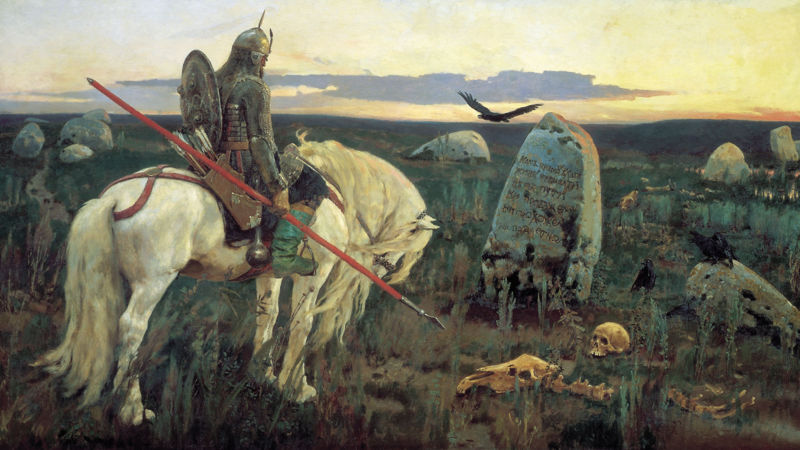
From the age of ten, Viktor studied in a seminary in Vyatka, each summer moving with his family to a rich merchant village of Ryabovo. During his seminary years, he worked for a local icon shopkeeper. He also helped an exiled Polish artist, Michal Elwiro Andriolli, to execute frescoes for Vyatka’s Alexander Nevsky cathedral. Having graduated from the seminary, Viktor decided to move to Saint Petersburg to study art. He auctioned his paintings of Woman Harvester and Milk-maid (both 1867) in order to raise money required for the trip to the Russian capital.
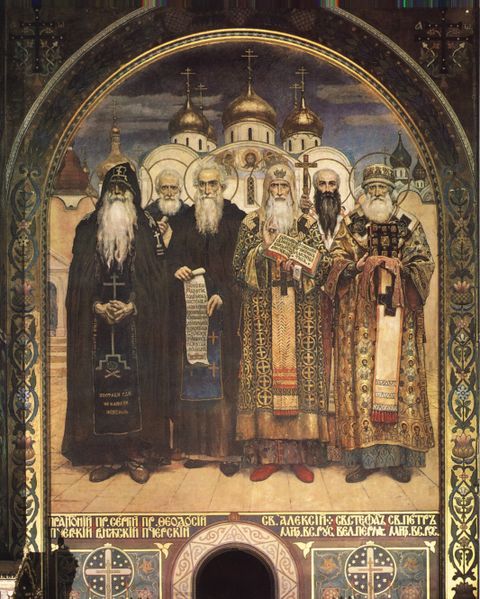
In August 1867 Viktor entered the Imperial Academy of Arts. Three years later, the Peredvizhniki movement of realist painters rebelled against the Academism. Vasnetsov befriended their leader Ivan Kramskoi, referring to him as his teacher. He also became very close to his fellow student Ilya Yefimovich Repin. It is ironic, but Viktor, whose name is associated with historical and mythological paintings, initially avoided these subjects at all costs. For his graphic composition of Christ and Pontius Pilate Before the People, the Academy awarded a small silver medal to him.
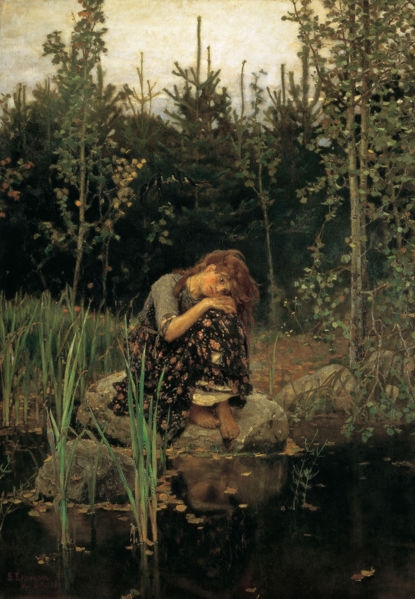
In the early 1870s he executed a lot of engravings depicting contemporary life. Two of them (Provincial Bookseller from 1870 and A Boy with a Bottle of Vodka from 1872) won him a bronze medal at the World Fair in London (1874). At that period he also started producing genre paintings in oil. Such pieces as Peasant Singers (1873) and Moving House (1876) were warmly welcomed by democratic circles of Russian society.
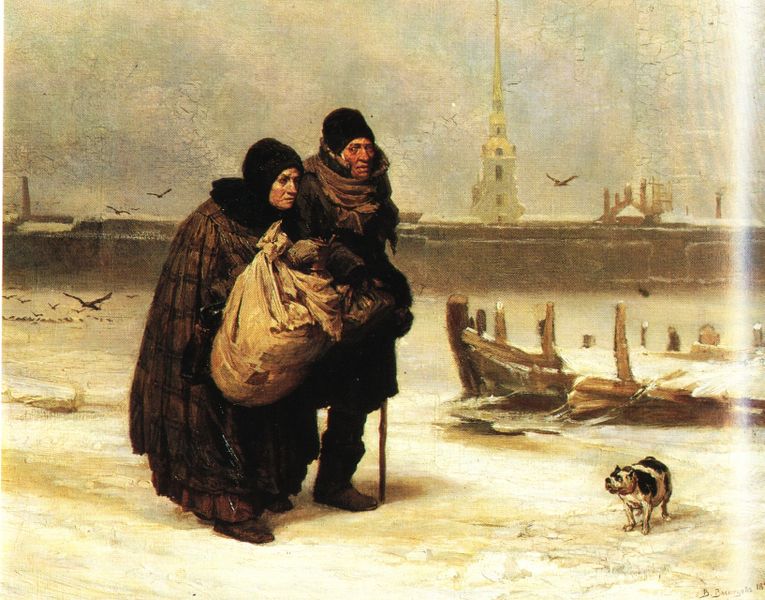
In 1876 Repin invited Vasnetsov to join the Peredvizhniki colony in Paris. While living in France, Viktor studied classical and contemporary paintings, academist and Impressionist alike. At that period, he painted Acrobats (1877), produced prints, and exhibited some of his works at the Salon. It was in Paris that he became fascinated with fairy-tale subjects, starting to work on Ivan-Tsarevich Riding a Grey Wolf and The Firebird. Vasnetsov was a model for Sadko in Repin’s celebrated painting Sadko in the Underwater Kingdom. In 1877 he returned to Moscow.
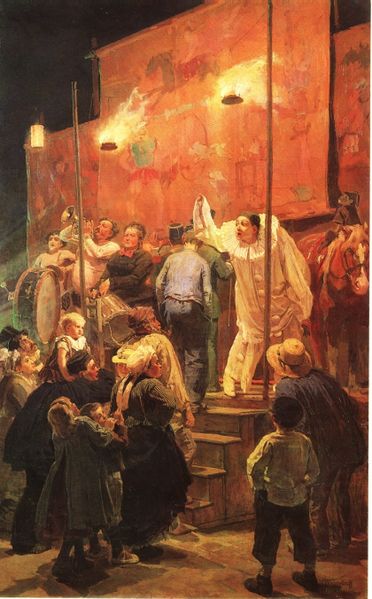
In the late 1870s Vasnetsov concentrated on illustrating Russian fairy tales and bylinas, executing some of his best known pieces: Knight at the Crossroads (1878), Prince Igor’s Battlefield (1878), Three tsarevnas of the Underground Kingdom (1879-1881), The Magic Carpet (1880), and Alionushka (1881).
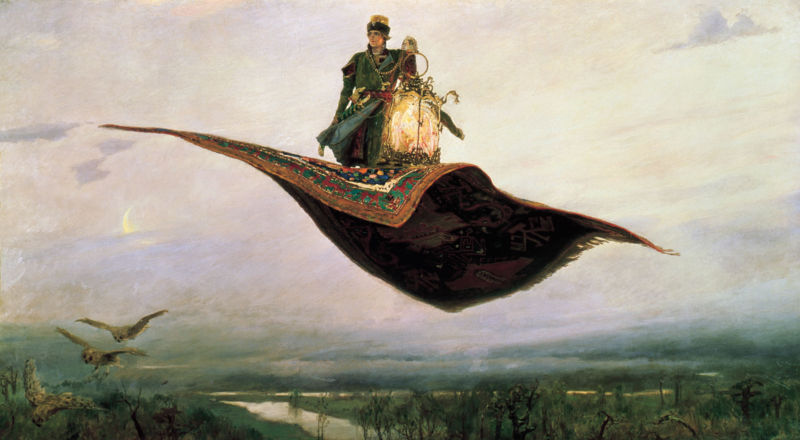
These works were not appreciated at the time they appeared. Many radical critics dismissed them as undermining the realist principles of the Peredvizhniki. Even such prominent connoisseurs as Pavel Mikhailovich Tretyakov refused to buy them. The vogue for Vasnetsov’s paintings would spread in the 1880s, when he turned to religious subjects and executed a series of icons for Abramtsevo estate of his patron Savva Mamontov.
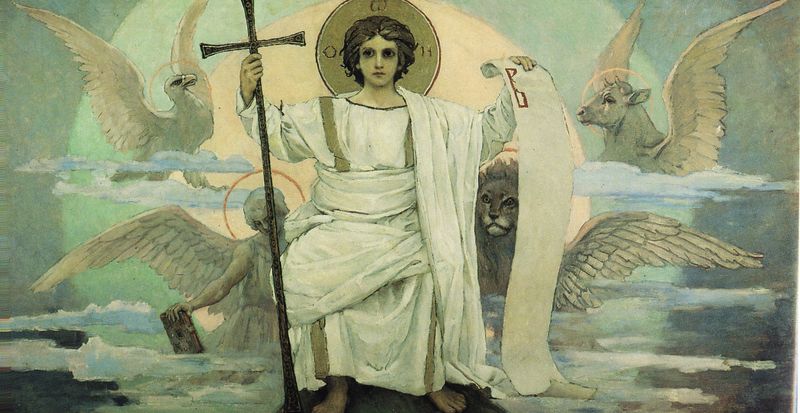
In 1884-1889 Vasnetsov was commissioned to paint frescos in the St Vladimir’s Cathedral of Kiev. This was a challenging work which ran contrary to both Russian and Western traditions of religious paintings. The influential art critic Vladimir Stasov labelled them a sacrilegious play with religious feelings of the Russian people. Another popular critic, Dmitry Filosofov, referred to these frescoes as “the first bridge over 200 years-old gulf separating different classes of Russian society”.
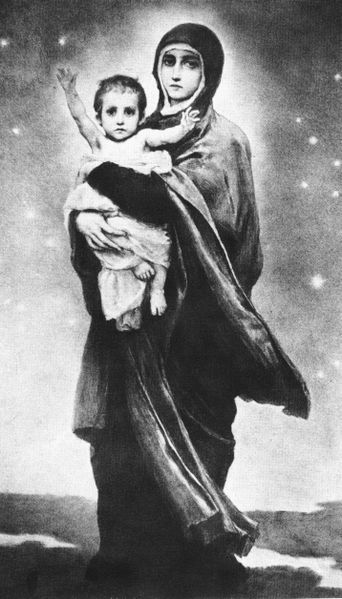
While living in Kiev, Vasnetsov made friends with Mikhail Vrubel, who was also involved in the cathedral’s decoration. While they worked together, Vasnetsov taught the younger artist a great deal. It was in Kiev that Vasnetsov finally finished Ivan Tsarevich Riding a Grey Wolf and started his most famous painting, the Bogatyrs. In 1885 the painter travelled to Italy. The same year he worked on stage designs and costumes for Nikolai Rimsky-Korsakov’s opera The Snow Maiden. The following two decades were productive ones for Vasnetsov, but most of his later paintings were perceived as being of secondary importance. He increasingly turned to other media during this period. In 1897 he collaborated with his brother Apollinary on the theatrical design of another Rimsky-Korsakov premiere, Sadko, and he was commissioned in the 1910s to design a new uniform for the Russian military — the so-called bogatyrka, a Russian army headwear.
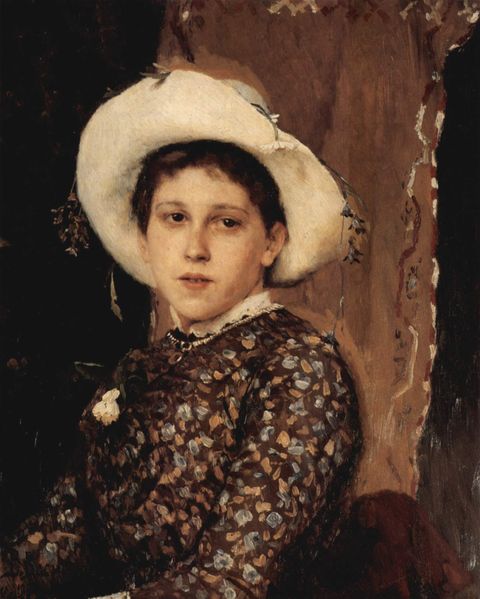
At the turn of the century, Vasnetsov elaborated his hallmark “fairy-tale” style of Russian Revivalist architecture. His first acclaimed design was a church in Abramtsevo (1882), executed jointly with Vasily Polenov. In 1894, he designed his own mansion in Moscow. The Russian pavilion of the World Fair in Paris followed in 1898. Finally, in 1904, Vasnetsov designed the best known of his “fairy-tale” buildings — the Tretyakov Gallery.
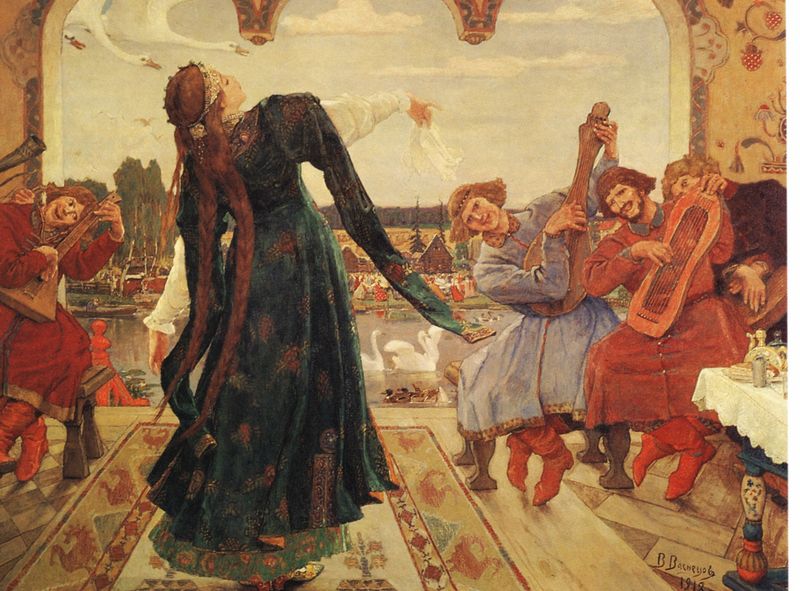
Between 1906 and 1911, Vasnetsov worked on the design of the mosaics for Alexander Nevsky Cathedral, Warsaw. In 1912, Vasnetsov was given a noble title by Czar Nicholas II. Even prior to the Russian Revolution, Vasnetsov became active as a regent of that gallery. He allocated a significant portion of his income to the State Historical Museum, so that a large part of the museum’s collection was acquired on Vasnetsov’s money. After the October Revolution he advocated removing some of the religious paintings (notably those by Alexander Ivanov) from churches to the Tretyakov Gallery.
